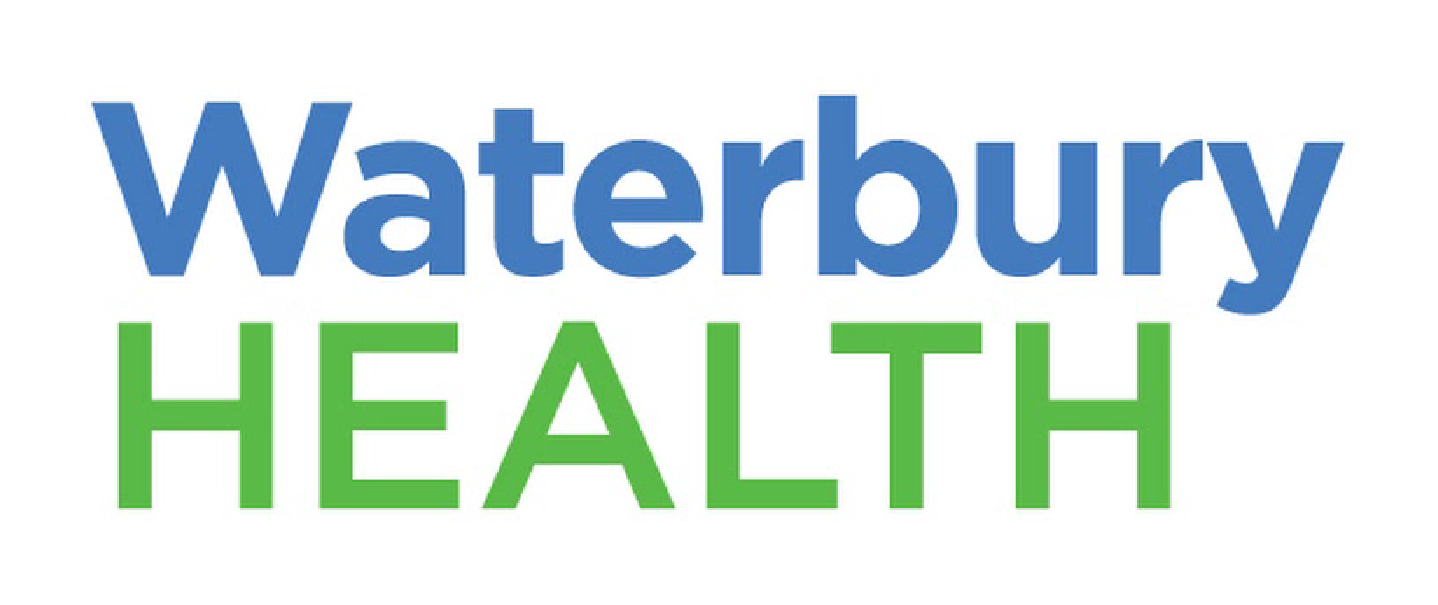That Warning Sign Might Be a Stroke of Luck
Being able to recognize the symptoms of stroke could save your life!
For many women, stroke is not really on their radar when it comes to important health concerns. But it should be.
It may surprise you to learn that stroke is the third leading cause of death for women in the United States. In fact, stroke kills twice as many women as breast cancer does. Between the ages of 55 to 75, a woman’s risk of stroke is 1 in 5. While many people think of stroke as a disease that primarily affects men, more women die from it than men.
The good news is that four in five strokes are preventable. This is why all of us – women and men – should educate ourselves about the disease and take the following key steps to lower our risk of having a stroke:
- Know the signs of a stroke
- Learn your risk factors for stroke
- Take action to reduce your risk
What is Stroke?
There are two major types of stroke. The most common is ischemic stroke, which occurs when the artery that supplies blood to the brain is blocked, depriving the brain of oxygen. The second type – hemorrhagic stroke – occurs when an artery in the brain leaks or ruptures, damaging brain cells.
Another type of stroke – also known as a mini-stroke – is called a transient ischemic attack (TIA). This occurs when blood flow to the brain is blocked for only a short time, resulting in less damage. Typically, in the case of TIA, the symptoms will go away within 24 hours. A TIA is a key warning sign. Between 40-50% of patients who have an untreated or unnoticed TIA will go on to have a full stroke within a year of having the TIA.
Signs of Stroke? Think F.A.S.T.
The telltale signs that a person is having a stroke include trouble speaking or understanding what others are saying; paralysis or numbness of the face, arm or leg; difficulty seeing with one or both eyes; severe headaches – sometimes, with vomiting – and trouble walking.
To help you remember these symptoms if you notice them on either yourself or someone else, think F.A.S.T. The acronym stands for Face Drooping, Arm Weakness, Speech Difficulty, and Time to Call 911.
When dealing with a stroke, every minute counts. Getting medical treatment as quickly as possible may minimize the long-term damage from stroke and even prevent death. Fortunately, there are medications available to help reduce the risk of having another stroke. These include anti-platelet drugs like aspirin and Plavix, as well as newer anticoagulants such as Xarelto and Eliquis.
Risk Factors for Stroke
Many of the risk factors for stroke are the same for both women and men. They include being overweight or obese and such lifestyle factors as physical inactivity, heavy alcohol use, cigarette smoking, and using illegal drugs such as cocaine and methamphetamine.
Medical risk factors associated with higher stroke risk include high blood pressure (hypertension), high cholesterol, diabetes, obstructive sleep apnea, and cardiovascular disease. If you have a personal or family history of stroke, heart attack or TIA, you are at increased risk of stroke. And now the newest risk factor for stroke associated with a medical condition is COVID-19.
Other risk factors are associated with age, race and gender. You are more likely to have a stroke if you are over 55, if you are African American, and if you are a man. However, while incidence of stroke among men is higher, women are more likely to die of stroke because they live longer than men and the risk of a fatal stroke increases with age. Other risk factors that are specific to women include having high blood pressure during pregnancy, using birth control pills (especially, if they also smoke) or having hormone therapy such as estrogen replacement therapy.
Reducing Your Risk and Preventing Stroke
Once you know your personal risk factors, what can you do not only to reduce your chances of having a stroke but also prevent one from occurring?
The answer is to follow your doctor’s recommendations and adopt a healthy lifestyle. This includes taking steps to:
- Control your blood pressure. Ideally, your blood pressure should be in the 120/80 range, but no higher than 140/90.
- Lower the amount of cholesterol or saturated fat in your diet. Also, reduce your sodium intake.
- Eat a diet rich in fruit and vegetables such as the Mediterranean Diet to help you maintain a healthy weight.
- Exercise regularly. Aerobic exercise reduces your risk of stroke and helps keep your weight within a healthy range. The recommendation is 30 minutes of moderate exercise, such as walking, jogging, swimming, or bicycling, most days of the week.
- Drink alcohol in moderation, if at all. Heavy alcohol use increases the risk of high blood pressure and stroke, and the alcohol may interact with medications that your doctor prescribes.
- Quit smoking. Smoking and exposure to second-hand smoke increase the risk of stroke.
- Recognize and treat obstructive sleep apnea. If your doctor recommends that you undertake a sleep study to determine whether you have obstructive sleep apnea, follow through with it.
- Manage your diabetes through diet, exercise and medications your doctor prescribes.
- Avoid illegal drugs. Cocaine and methamphetamine put you at higher risk of having a TIA.
Even if you have had a previous stroke or TIA, taking these measures will help you prevent another one.
Remember: There are often warning signs that come with a stroke or TIA. Learn to recognize them and you could save the life of a loved one – or yourself!
